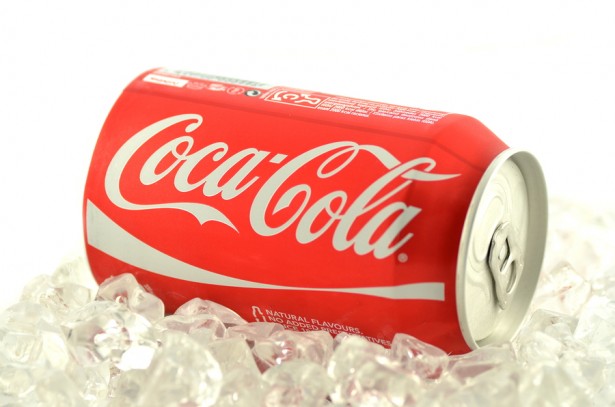In the last couple of years, consumers have been noticing that the products they purchase are getting smaller but they still cost the same, or even more. This isn’t a conspiracy. Items are shrinking in size and come with a price-tag that’s the same or higher. It is known as shrinkflation, which is essentially a prelude to price inflation.
This past summer, Pippa Malmgren, economist and advisor to former President George W. Bush, told Bloomberg News that the trend in the marketplace has been for companies to charge more for less. According to Malmgren, this would be the very first step towards rapid spikes in prices.
Here are two examples from the news article: Cadbury yanked two squares from its bar while the price remained the same. Nestle’s Shredded Wheat contracted 55 grams but it still costs the same.

“Shrinking the size of goods is exactly what happened in the 1970s just before inflation proper set in,” she writes in her new book, “Signals: The Breakdown of the Social Contract and the Rise of Geopolitics.”
Soda companies participating in shrinkflation
Beverage companies are making headlines after it was reported by the Associated Press that Coca-Cola and Pepsi are selling so-called mini-cans and smaller bottles that consist of fewer calories but cost more per ounce. This is meant to offset the massive drop in pop consumption.
The price difference is quite wide: a 12-ounce can of Coke sells on average for 31 cents, while a 7.5-ounce mini-call is sold for 40 cents.
For years, consumers have been gulping down 12-ounce cans and 500-mL bottles. However, grocery store customers will notice that shelves are being dominated by seven-ounce cans and eight-ounce and 8.5-ounce glass and aluminum bottles. Although these products have been available before, Coca-Cola is starting to market them aggressively and showcase these products in stores.
Data from the industry tracker Beverage Digest suggests that soda consumption hit its peak in 1998. At the time, Americans used to imbibe an average 576 cans each year. Fast forward to the present, that figure has declined to 450 cans per year.
Coca-Cola is now marketing its soda cans as for moments of celebration. Instead of giving up on the treat altogether, consumers can open up these small cans and relish in a success or special occasion. This apparently is working for the corporation as revenues have ascended in the past year with these smaller cans.
Analysts are alluding to the health movement that has shifted consumer habits as the primary reason for global beverage companies in shrinking their products. However, could it be that Malmgren is right in her conclusions?
Corporate practices and price inflation
Business experts say that corporations have embraced this trend because it helps them avoid raising prices, while at the same time encourages the consumer to continue purchasing their brands. Overall, consumers are a lot wearier to price hikes than the adjustment in quantity.
“Consumers are generally more sensitive to changes in prices than to changes in quantity,” John T. Gourville, a Harvard Business School marketing professor, told the New York Times. “And companies try to do it in such a way that you don’t notice, maybe keeping the height and width the same, but changing the depth so the silhouette of the package on the shelf looks the same. Or sometimes they add more air to the chips bag or a scoop in the bottom of the peanut butter jar so it looks the same size.”
What about price inflation? Ostensibly, price inflation has been running rampant all over the United States, particularly in 2014. Just about everything in the U.S. has gone up in price: from rent to eggs, from pork to college tuition.




